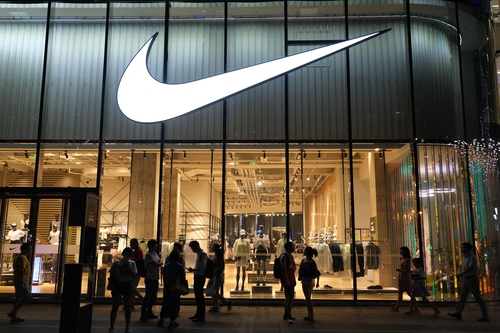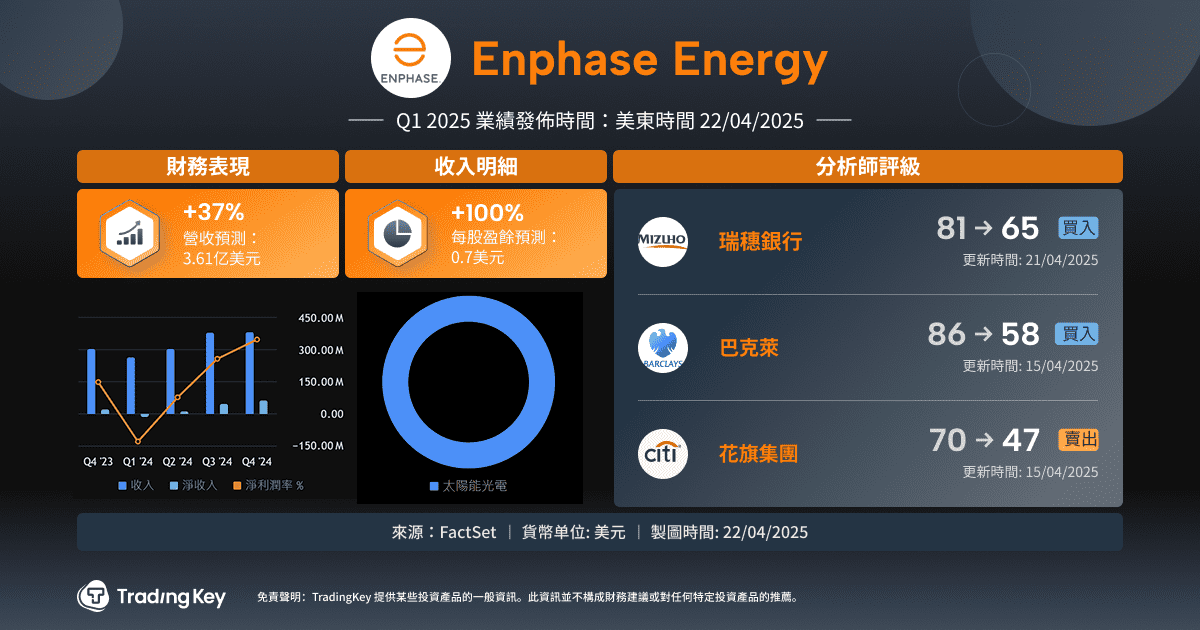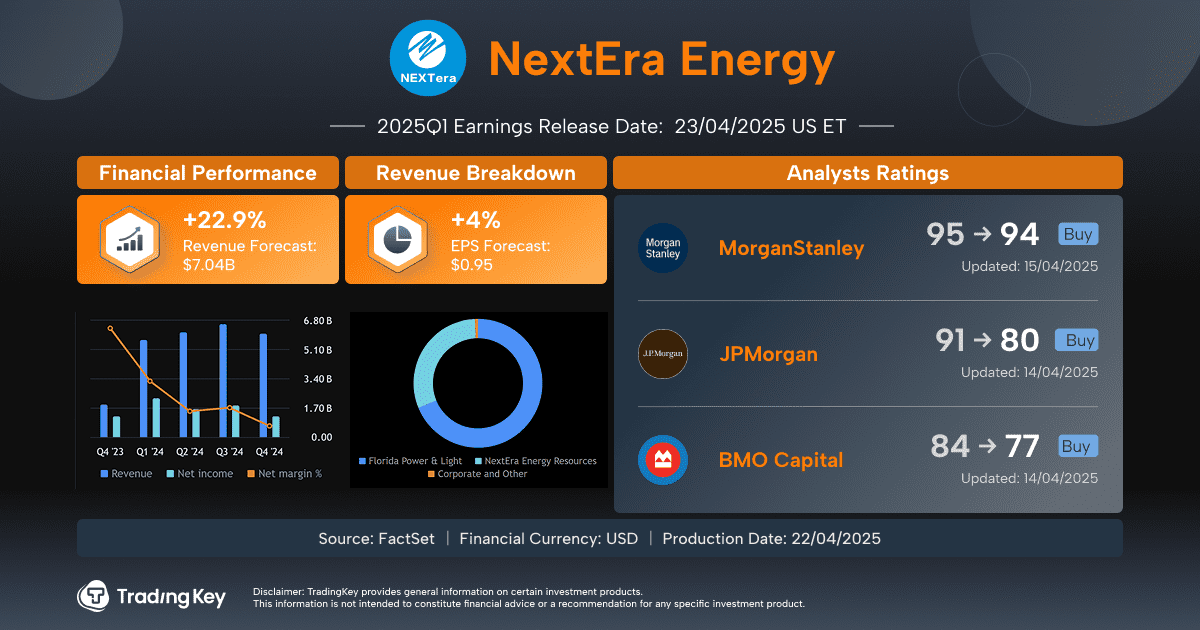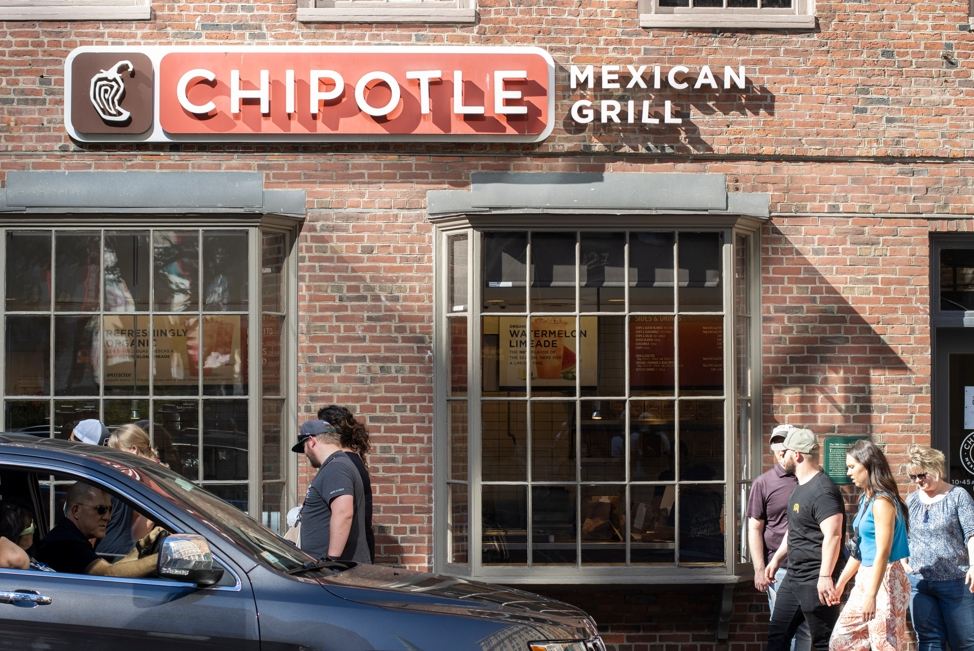Where Will Nike Stock Be in 1 Year?


Nike (NYSE: NKE), one of the world's largest athletic footwear and apparel makers, was once considered a resilient blue chip stock. But over the past 12 months, its stock declined 25% as the S&P 500 advanced 24%. Its revenue growth stalled out as it struggled with a sluggish North American market and tough competitive headwinds.
So will Nike's stock finally bottom out and climb higher over the next 12 months? Let's review its main challenges, its turnaround plans, and its valuations to find out.

Image source: Getty Images.
What happened to Nike over the past decade?
Ten years ago, Nike claimed it could grow its revenue at a compound annual growth rate (CAGR) of 10% from $30.6 billion in fiscal 2015 (which ended in May 2015) to $50 billion in fiscal 2020. It planned to accomplish that by expanding its Nike Direct channel (which houses its own e-commerce website and brick-and-mortar stores) and its overseas businesses to reduce its dependence on its more saturated markets.
However, Nike only grew its revenue at a five-year CAGR of 4% to $37.4 billion in fiscal 2020. The weakness of its Converse brand and its weak sales in North America and Europe offset the growth of its namesake brand and its robust expansion in China. It also struggled with the bankruptcy of Sports Authority in 2016, which flooded the market with excess athletic footwear and apparel, as well as the onset of the COVID-19 pandemic at the end of fiscal 2020.
But from fiscal 2020 to fiscal 2023, Nike's revenue rose at a CAGR of 11%. Its business warmed up again as it expanded Nike Direct to curb its dependence on wholesale retailers and gather more first-party customer data for its design and marketing strategies. Nike Direct accounted for 42% of its Nike's total revenue in fiscal 2023, up from 33% of its revenue in fiscal 2020.
So why did the market turn against Nike?
Nike's business seemed to grow at a steady clip again, but its revenue growth flatlined in fiscal 2024 as its declining North American sales offset its recovery in China and its robust growth in other overseas markets.
At the same time, Nike Direct's growth cooled off as consumers pivoted back toward wholesale retailers. It also faced intense competition from resilient competitors like Adidas, On Holding, and Anta Sports, which owns the Chinese rights to FILA. Even Lululemon has been evolving into a competitor by expanding into the footwear market over the past three years.
On a currency neutral basis, Nike Direct's revenue declined year over year for the past three consecutive quarters as its total revenue growth stalled out. It expects its downturn to deepen with a low double-digit revenue decline in the third quarter.
Metric | Q2 2024 | Q3 2024 | Q4 2024 | Q1 2025 | Q2 2025 |
|---|---|---|---|---|---|
Nike Direct Revenue Growth (YOY) | 4% | 0% | (7%) | (12%) | (14%) |
Total Revenue Growth (YOY) | (1%) | 0% | 0% | (9%) | (9%) |
Data source: Nike. Currency neutral basis. YOY = Year over year.
What are Nike's turnaround plans?
For the full year, analysts expect Nike's revenue and earnings per share (EPS) to decline 10% and 48%, respectively. Its digital sales are still soft, its inventory levels are elevated, and it's relying more heavily on markdowns to flush out its older inventories.
Nike is addressing those issues with three main strategies. First, it's trying to rebuild its relationships with more wholesale retailers to reduce its dependence on Nike Direct. However, that strategy probably won't pay off anytime soon because its wholesale revenues still declined year over year throughout the first half of fiscal 2025.
Second, it's trying to sell a higher mix of premium and full-price products to offset its ongoing markdowns. But that strategy is also unpredictable: Its gross margin expanded year over year in the first quarter of fiscal 2025, but declined in the second quarter as it sold a higher mix of marked down products. It expects another gross margin contraction in the third quarter, which implies its full-year gross margin will decline from fiscal 2024.
Lastly, Nike is ramping up its spending on the development of new products and fresh marketing campaigns. However, those strategies could compress its operating margins as its sales growth stagnates.
In other words, investors should brace for at least a few more quarters of tepid top line growth with elevated operating expenses. The strong dollar will also exacerbate that pressure by gobbling up its overseas sales.
Where will Nike's stock be in a year?
If Nike's turnaround plans gradually pay off, analysts expect its revenue and earnings to grow 2% and 19%, respectively, in fiscal 2026. But based on those estimates, Nike's stock still looks a bit too expensive at 38 times forward earnings. Its forward dividend yield of 2.1% also probably won't attract any serious income investors.
Based on these facts, I believe Nike's stock will either stagnate or slip lower over the next 12 months. This iconic brand isn't down for the count yet, but it won't command a higher valuation until its turnaround efforts bear more fruit.







